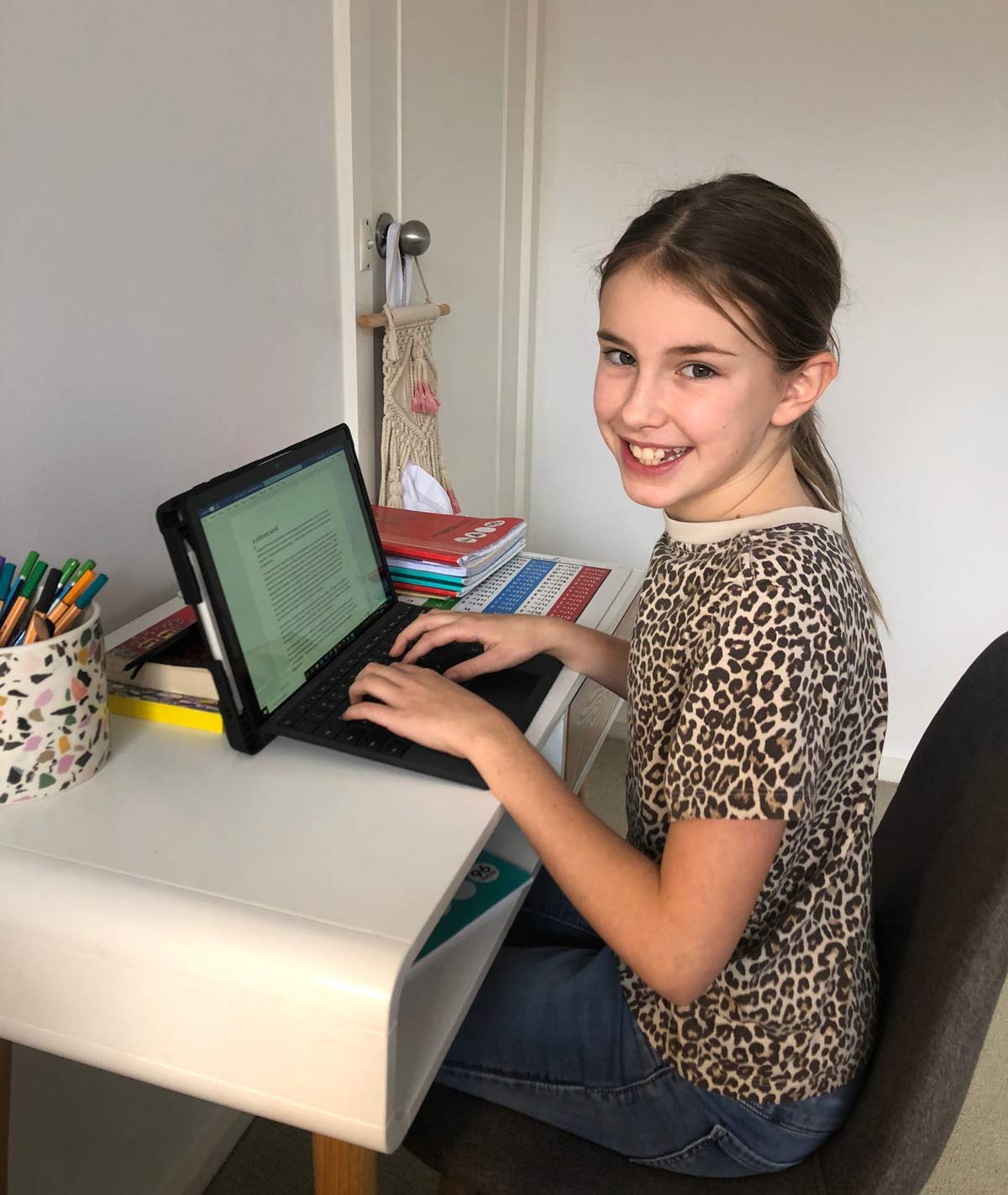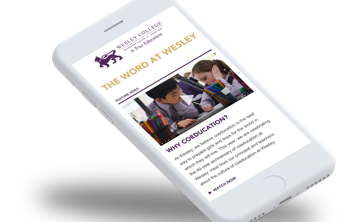
Year 5 students have been using fiction to understand how viruses spread and how to tackle social isolation, as Charlie Henderson explains.
In our Year 5 virtual class, we read the picture book, Iris has a Virus, with our teacher, Ms Tammesild. Written specifically for younger children to address the current pandemic and containment measures in place such as learning from home to ‘flatten the curve,’ Iris has a Virus explores how viruses spread and how to tackle social isolation.
How viruses spread
‘Why can’t we stand closer to each other?’ one child asks Iris, who knows Nearly, Almost, Practically Everything – even that nobody knows Everything, not even her dad, a medical research scientist.
Iris’s response? ‘In case you cough or sneeze. If we’re too close, we’ll share droplets…. And remember not to touch your eyes, nose or mouth unless your hands are clean.’
Tackling social isolation
On the crucial question for younger children learning from home, ‘Will we see each other again?’ Iris, like everyone, can’t give a definite answer. ‘We will see each other again,’ she says, ‘but it might not be for a long time…. Maybe a few months…. We should enjoy every day and not worry about tomorrow. It will get better. I don’t know when, but everything has to get better one day. And remember to wash your hands!’
Writing our own account about the pandemic
As the current pandemic is an unusual – if not unique – event in our lives, Ms Tammesild had suggested we keep our own COVID-19 journals, and when it came to writing our own account about the pandemic, our journals proved to be a useful prompt.
With learning from home and social isolation measures in place, our stories explored everything from hoarding toilet paper to the things we miss most.
A different world
In my story, ‘A different world,’ I wanted to explore the importance of containment measures like self-isolating, learning from home and closing businesses. As Mum explains in the story, ‘The whole of Australia would work together to try and stop the virus spreading.’ First, though, I wanted the reader to remember the world as it was, so I opened the story with a scene of our 5T class returning from camp at Chum Creek. Then I wanted to explore what has changed in my world.
‘I no longer see my friends or go out to do the fun things that I used to. This includes the one thing that I miss the most, swimming with my club, an activity I used to do every day. I also miss my school a lot. Although I see my school friends online every day, it’s not the same as seeing them in person.’
On the question of when we’ll see each other again, unlike Iris, I was able to be a bit more certain. ‘Today the news is slowly improving that, because of the hard efforts of Australians staying at home and not going out, people are affected with the virus less and less. I am hoping in the weeks and days to come, life will slowly return to what it was, and I will be able to go back to school.’
[Editor's note: Given the Victorian Government’s plan for a phased return to on-campus learning, we now know that there will be a phased return to classrooms, and Charlie will be back at school in early June.]
The pandemic continues to have a terrible impact on millions of people around the world, but as Iris puts it in Iris has a Virus, everything has to get better one day. Just remember to wash your hands.
Charlie Henderson is a Year 5 student at Wesley’s Elsternwick Campus.
